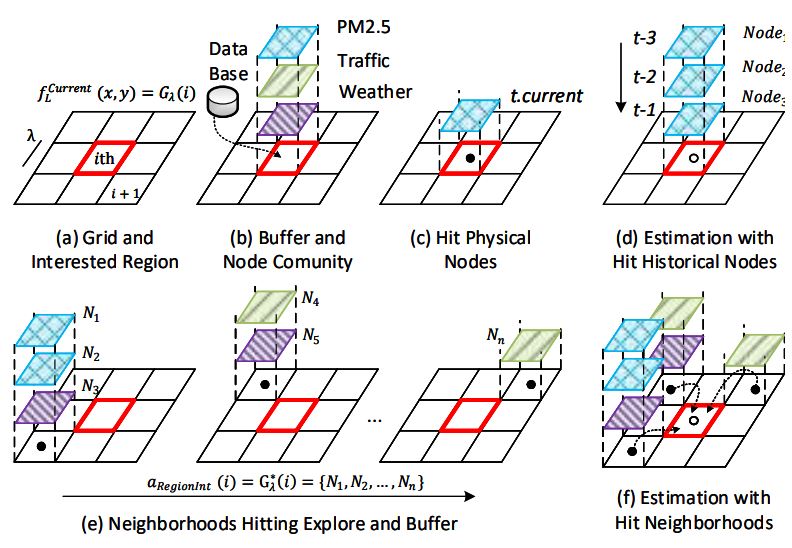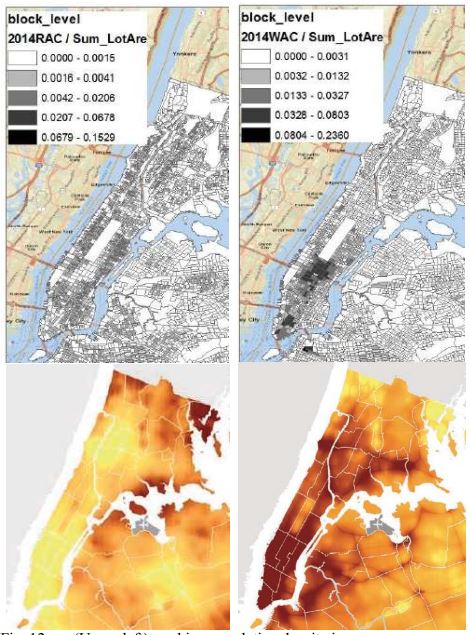Title: People-centric Cognitive Internet of Things for the Quantitative Analysis of Environmental Exposure
Authors: L. Yang, W. Li, M. Ghandehari,G. Fortino
Link: https://doi.org/10.1109/JIOT.2017.2751307
Abstract:
Exposure to air pollution poses a significant risk to human health, particularly to urban dwellers. When correlated with individual health outcomes, high resolution information on human mobility and the spatial and temporal distribution of the pollutants can lead to a better understanding of the effects of pollution exposure. People-centric sensing is normally carried out by data sharing through a central cloud server. This system architecture is not designed to serve the ever-growing number of high fidelity connected devices, particularly when crowdsourcing urban data on location and environmental conditions. Here, we outline an architecture for a people-centric and cognitive internet of things (PIoT) environmental sensing platform, which involves closed loops of interactions among people nodes and physical devices as well as servers and recommendations on device connections by cognitive computing. Taking advantage of smart objects and virtual node technology in PIoT, an algorithm to aggregate on-demand user data from smart devices is proposed. A PIoT prototype sensing system is designed and deployed to measure the space-time distribution of particulate matter in air (PM2.5), and mobility counts, for quantifying personal exposure to air pollution. A case study of particulate matter PM2.5 exposure in New York City is presented, to illustrates the potential application of people-centric measurement system and data analysis.


